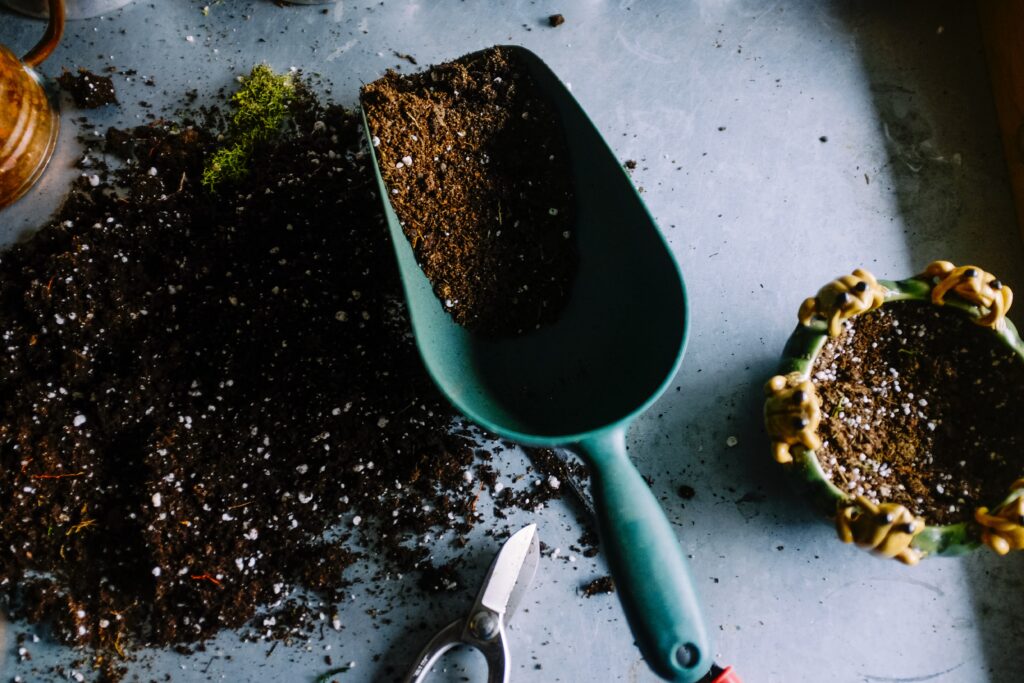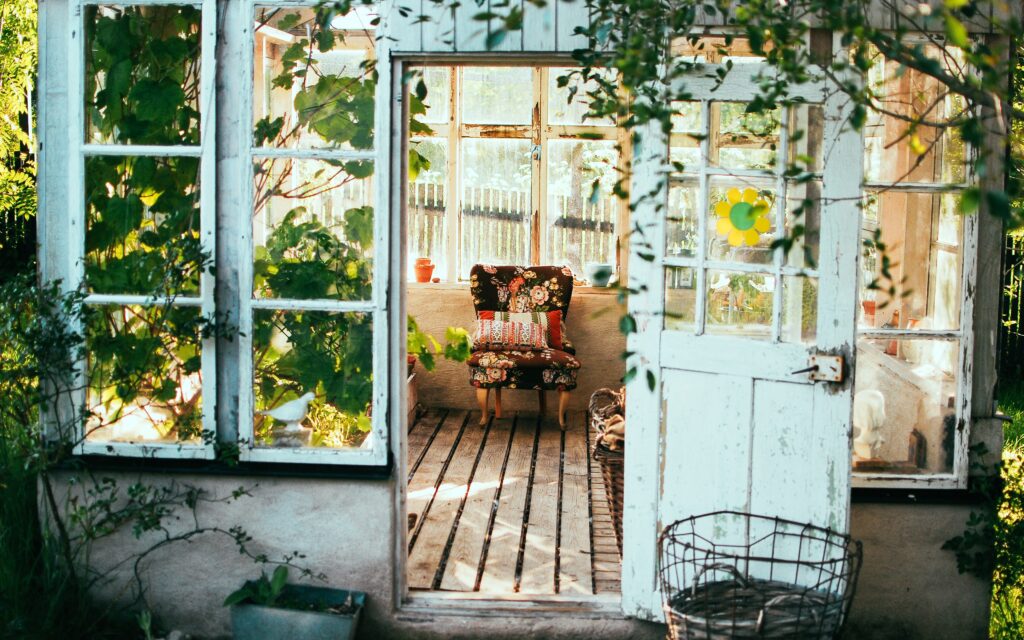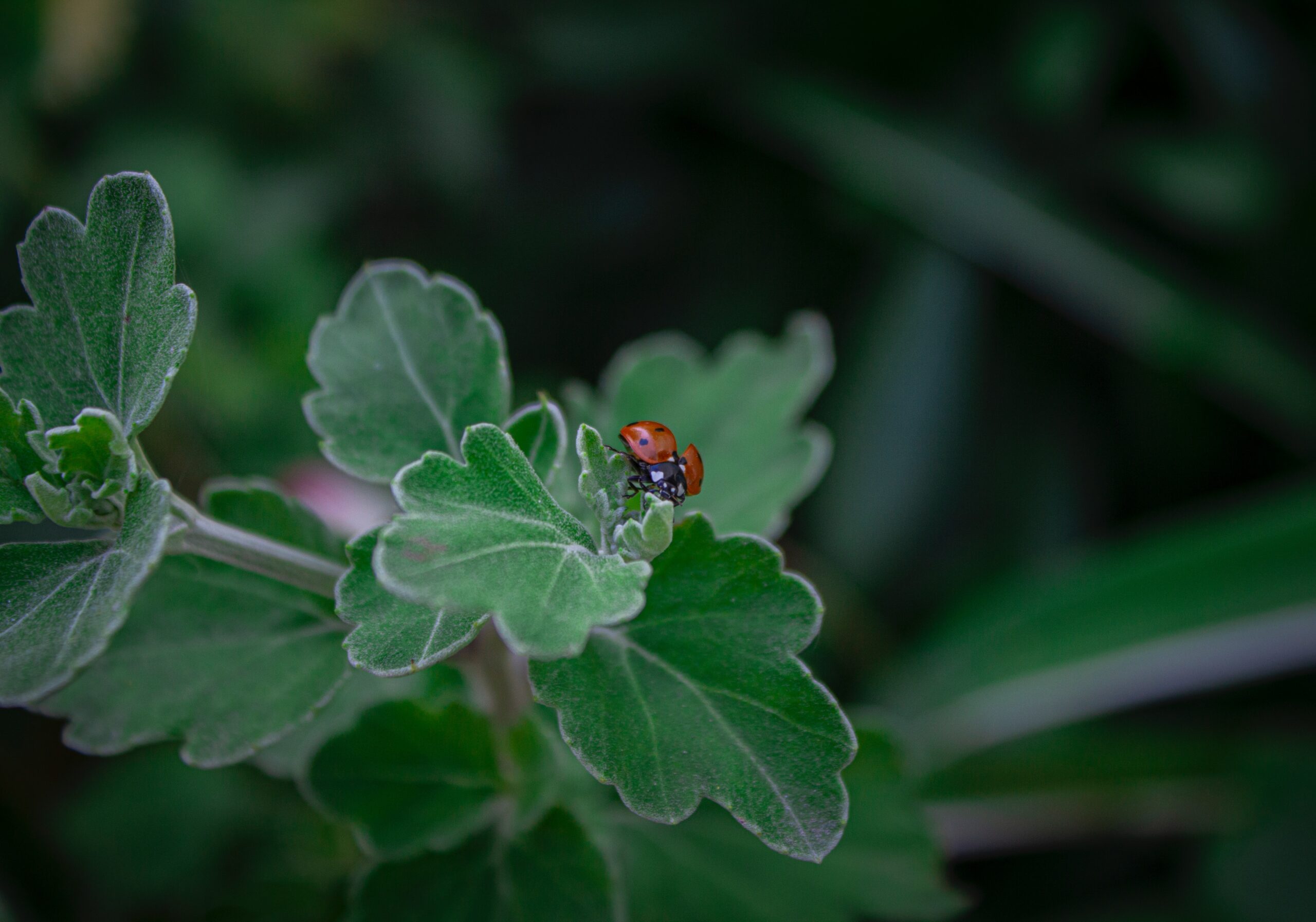Sustainable Landscaping: How to Create an Eco-Friendly Garden
The world is facing an environmental crisis, and everyone needs to take responsibility for their own actions. As a homeowner, you can start by making your garden or backyard more eco-friendly. Sustainable landscaping will help reduce pollution and decrease your carbon footprint while simultaneously creating a beautiful outdoor space that complements the natural environment around it. Here we’ll discuss strategies on how to approach sustainable landscape design with both practicality and ecological awareness in mind, so you can create an attractive yet responsible garden oasis that brings harmony to both nature and your home!
Choose non-invasive, native plants that are adapted to the local climate and soil type
Creating a sustainable garden that thrives in its natural environment can be a challenge, but choosing non-invasive, native plants that are adapted to the local climate and soil type can make all the difference. Whether you’re a seasoned gardener or a first-time green thumb, selecting plants that are well-suited to your region can save you time, money, and energy in the long run. By relying on the natural resilience of species that have evolved to thrive in your area, you’ll be able to avoid the use of harmful chemicals and artificial fertilizers, while simultaneously promoting biodiversity and supporting the local ecosystem. With a little bit of research and a willingness to experiment, you can transform your outdoor space into a beautiful, eco-friendly sanctuary that reflects the unique character of your community.

Plant trees and shrubs for shade and wind protection
Planting trees and shrubs not only adds natural beauty to your property, but also serves practical purposes such as providing shade and protection from strong winds. With the right selection of trees and shrubs, you can create a comfortable outdoor space perfect for relaxing or entertaining. In addition, planting these natural barriers can also help reduce your energy bills by providing shade to your home during hot summer months. When choosing your plants, consider your location’s climate, soil type, and available space to ensure the best results. With a little planning and effort, you can enjoy the benefits of your new greenery for years to come.
Build terraces to reduce water run off and help retain soil moisture
Terracing is a simple yet effective way to reduce the impact of water run off on soil erosion. By creating level platforms on a slope, water is able to infiltrate and permeate the soil instead of running off the surface. This increases the soil’s ability to retain moisture, which promotes the growth of healthy plants. Terraces also provide a variety of other benefits such as preventing landslides, reducing the risk of flooding, and providing space for additional crops. Building terraces is a practical and sustainable solution for farmers and gardeners who want to protect their land and improve their yields.
Use mulch around plants to protect them from extreme temperatures and conserve water
Are you tired of constantly worrying about your plants during hot summers and freezing winters? Look no further than mulch! By placing a layer of mulch around your plants, you can protect them from extreme temperatures and keep them healthy all year round. Not only will mulch provide insulation to keep soil temperatures steady, but it will also assist in conserving water by reducing evaporation. Not to mention, mulch adds a beautiful aesthetic to your garden bed. Give your plants the love they deserve and try using mulch today!
Create rain barrels or cisterns to collect rainwater for use in the garden
Do you love gardening but hate the thought of wasting water? Creating a rain barrel or cistern in your garden could be the perfect solution for you. Rain barrels collect rainwater from your rooftop and store it for later use, making it a sustainable and cost-effective option for watering your plants. Not only is it great for the environment, but rainwater also contains natural minerals that benefit the growth of your garden. So, why not try creating your own rain barrel or cistern and watch your garden thrive while also reducing your water bill?

Consider using native grasses instead of non-native turf grass where possible
Native grasses can offer a variety of benefits when used instead of non-native turf grass. Not only are they well-suited for the local climate and able to thrive without excessive maintenance or watering, but they can also provide habitat and food for native wildlife. Additionally, because they are adapted to the area, they are less susceptible to pests and diseases, which can reduce the need for harmful chemicals and pesticides. By incorporating native grasses into landscaping and green spaces, individuals and communities can support local ecosystems while also reducing their environmental impact. So, if you have the option to choose, consider the many benefits of using native grasses instead of non-native turf grass.
As you can see, creating a sustainable and low-maintenance garden is achievable with just a few simple changes. Whether it’s selecting local, native plants, utilizing terraces to capture moisture, or adding mulch or collecting rainwater for use in the garden – each of these steps are great ways to support sustainability and help your garden thrive on its own. Although it may take some extra effort up front to create a resilient and eco-friendly landscape, the results are always worth the work. Remember that even small steps such as choosing native grasses over non-native turf can pay dividends for both the environment and our wallets over time. Get creative and find ways to make your outdoor space more sustainable; you’ll be happy that you did!
